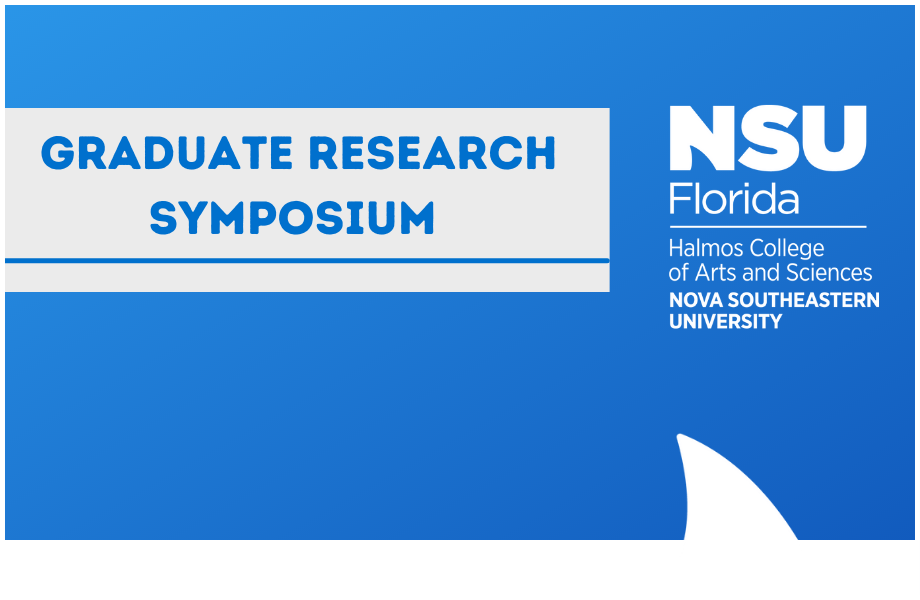Toxicity of oil to Americamysis bahia and deep-water column micronekton with comparisons to model predictions
Location
Guy Harvey Oceanographic Center Facility
Start
1-30-2018 11:45 AM
End
1-30-2018 12:00 PM
Type of Presentation
Oral Presentation
Abstract
This research is part of a series of studies for the Deep-sea Risk Assessment and Species Sensitivity to WAF, CEWAF and Dispersant project (D-TOX), designed to advance the understanding of hydrocarbon toxicity in several ecologically important deep-sea zooplankton/micronekton. Previously, the target lipid model was used to calculate critical target lipid body burdens for Americamysis bahia and deep-sea micronekton following passively-dosed controlled exposures to a single hydrocarbon. These critical target lipid body burdens were used as inputs to the PETROTOX model in order to estimate the threshold concentrations of a Macondo surrogate oil for each organism.
Model accuracy was then assessed in constant-exposure multi-concentration toxicity tests with Macondo surrogate oil (MC252) passively dosed via an emerging technique utilizing silicone tubing. Acute effects were evaluated both during exposure and at the end of the 48-h exposure period, and used to determine threshold concentrations for each organism. Estimates of toxic threshold concentrations from the PETROTOX model and those measured during the acute exposures were compared, and predicted and measured LC50s agreed within an order of magnitude. The data obtained from these toxicity experiments provides oil spill responders with definitive toxic thresholds for key mesopelagic organisms, and serves to advance the understanding of toxicological modeling to provide the best possible estimates of species sensitivity to oil pollution. This information can then be used in Net Environmental Benefit Analysis (NEBA) or Spill Impact Mitigation Assessment (SIMA) of predicted impacts and response options in deep-sea oil spill scenarios.
Toxicity of oil to Americamysis bahia and deep-water column micronekton with comparisons to model predictions
Guy Harvey Oceanographic Center Facility
This research is part of a series of studies for the Deep-sea Risk Assessment and Species Sensitivity to WAF, CEWAF and Dispersant project (D-TOX), designed to advance the understanding of hydrocarbon toxicity in several ecologically important deep-sea zooplankton/micronekton. Previously, the target lipid model was used to calculate critical target lipid body burdens for Americamysis bahia and deep-sea micronekton following passively-dosed controlled exposures to a single hydrocarbon. These critical target lipid body burdens were used as inputs to the PETROTOX model in order to estimate the threshold concentrations of a Macondo surrogate oil for each organism.
Model accuracy was then assessed in constant-exposure multi-concentration toxicity tests with Macondo surrogate oil (MC252) passively dosed via an emerging technique utilizing silicone tubing. Acute effects were evaluated both during exposure and at the end of the 48-h exposure period, and used to determine threshold concentrations for each organism. Estimates of toxic threshold concentrations from the PETROTOX model and those measured during the acute exposures were compared, and predicted and measured LC50s agreed within an order of magnitude. The data obtained from these toxicity experiments provides oil spill responders with definitive toxic thresholds for key mesopelagic organisms, and serves to advance the understanding of toxicological modeling to provide the best possible estimates of species sensitivity to oil pollution. This information can then be used in Net Environmental Benefit Analysis (NEBA) or Spill Impact Mitigation Assessment (SIMA) of predicted impacts and response options in deep-sea oil spill scenarios.


